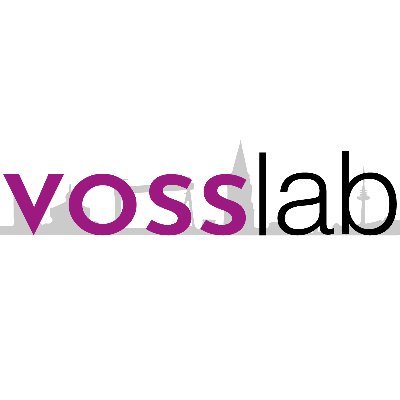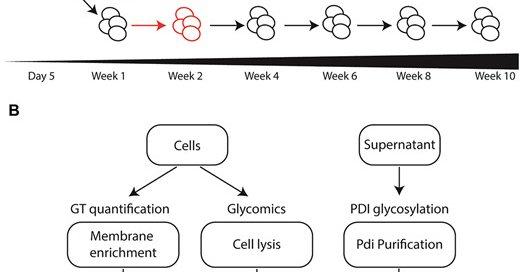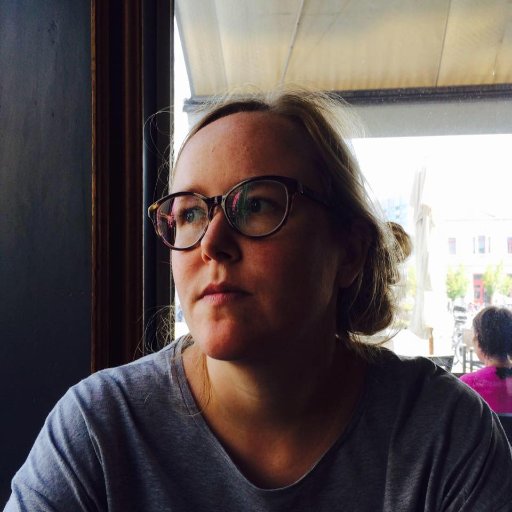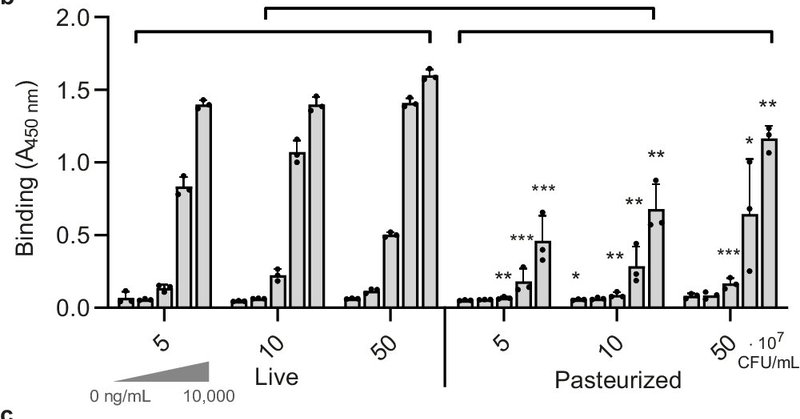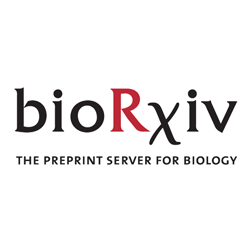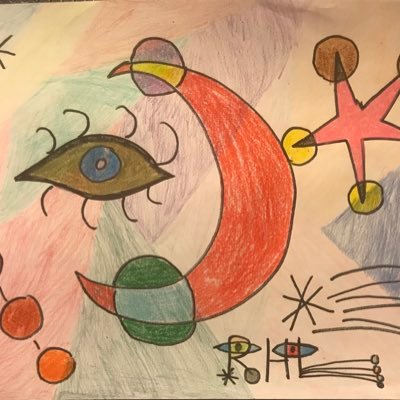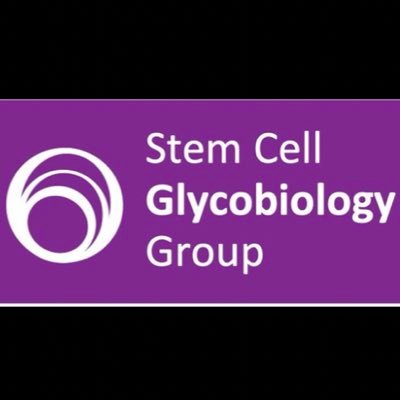
Hiren Joshi
@hirenj
Followers
627
Following
546
Media
233
Statuses
3K
Glycobioinfonaut at the Copenhagen Center for Glycomics (@cphglyco)
Copenhagen, Denmark
Joined October 2008
I’m excited to announce the launch of our company @KPL_ApS , and website: https://t.co/qjvLmw7eel. The goal is to make some cool proteins, starting with proteases for #proteomics purposes ☺️. First product is the infamous LysC ( https://t.co/cqxeLWIzqP) but stay tuned more!
10
13
56
Look, I know I am in the medical faculty and all that, but I love this kind of paper SO MUCH. There’s so much here for me to dig into. Mucins(ish), Galectins and LEGO bricks, you couldn’t concoct a better nerd snipe for me.
Did you know that some frogs use glue to defend themselves against predators? If not: what makes it so uncommon? Find out below why only some frogs are sticky, and what exactly makes them stick. #bioadhesives #evolution #adaptation #amphibians #tomatofrog #frogglue #stickyfrogs
0
0
5
New review on the proteolytic cleavage of #Golgi enzymes and its impact on cellular glycosylation #glycotime #Golgi #SPPL3
0
2
2
📈 One standard graph in all bio deep learning papers should be: max similarity to anything in training set vs performance. (Reviewers shouldn't have to guess if there might be overfitting issues).
13
26
240
Interesting result tucked away in here that comparing a boutique protein language model (fewer seqs) to the big beasts like ESM-2 or ProtT5, scale wins out again.
Exploring the sequence-function space of microbial fucosidases #CAZyme #GlycosideHydrolase #GH29
https://t.co/n79cPfDiBf
0
0
1
Take a look at our new article! Great collaboration with @ElzingaJanneke @cphglyco on elucidating mucin binding of Akkermansia https://t.co/AUOWTrAJG3
link.springer.com
Nature Communications - The intestinal anaerobic bacterium Akkermansia muciniphila is specialized in the degradation of mucins, which are heavily O-glycosylated proteins that constitute the major...
0
1
1
Paper here: https://t.co/ZtQunDdJp8 . Interesting stuff for the glyco-heads out there. 6-sulfated galactose polysaccharide induces this change somehow. Would be cool if someone could see if rosetteless (or another one of the choano lectins) binds the polysaccharide directly.
biorxiv.org
We uncovered an interaction between a choanoflagellate and alga, in which porphyran, a polysaccharide produced by the red alga Porphyra umbilicalis , induces multicellular development in the choano...
Not only bacteria, also red algae, through a polysaccharide seems to induce multicellular development in the choanoflagellate Salpingoeca rosetta. Nice to see the diversity of biochemical interactions that produce multicellular behaviour on #choanos. Congrats @dsboothacosta &
0
1
6
Oh and don’t tell anyone, but you can also search for genes from other organisms where we have glycoproteomics data.
0
0
1
Or you can choose what the default O-glycan is on a protein (if you only know there’s a hexose at the site).
1
0
1
Hooked up more methods so you can add in any glycan you want, and get the AF glycan code out.
1
0
0
Looking for intrepid souls willing to test / give feedback on this tool. Drop me a message / email. Tested it on NOTCH1, and it at least parsed the job as OK, and runs it on AF3.
@chrashwood @Lis_Lowe But look how I wasted my time this evening! Makes AF3 job files from glycoproteomic data.
1
2
3
Fushinobu, S. Taking a walk to find new mucinases. Nat Catal 7, 345–346 (2024).
2
22
102
A reminder, we are currently searching for a #PhD and #postdoc to join us at the Center for Chromosome Stability in Copenhagen. The positions are fully funded. The deadline for the postdoc position is this Sunday (10.03.24). Details below:
Looking for a #postdoc or #PhD in eukaryotic #DNA replication and #CryoEM? We are recruiting! The positions are fully-funded by the @novonordiskfond and come with access to cutting-edge facilities and fantastic colleagues in #Copenhagen. See links below for more information.
0
11
22
This is a very cool story. I’ve written a thread about this on the other place. Go check it out. https://t.co/6AZZ137Cys
We are thrilled to present a new family of microbial mucinases that specifically recognize mucin O-glycan clusters and employ two glutamic acid residues for catalytic cleavage.
1
1
2
We are thrilled to present a new family of microbial mucinases that specifically recognize mucin O-glycan clusters and employ two glutamic acid residues for catalytic cleavage.
nature.com
Nature Catalysis - Mucins are glycosylated proteins with important biological functions such as protection. Although glycopeptidases can cleave them, dedicated hydrolytic enzymes specific for...
6
32
84
The GlycoWeb BBSRC sLOLA is recruiting! Please circulate to your networks and get in touch for more information. @2022Pg @GlycobiologyUK @ExtracellMatrix @SFGlycobiology @Glyco_Alps
0
18
22
New version of LukProt - a protein sequence db focused on early branching animals! With many more species, a preprint: https://t.co/op2BsxDvHd And a BLAST server anyone can use: https://t.co/oI5UppDg22 Download here: https://t.co/zVGbaGR007
#evolution
2
19
38
Glycoproteins in algal cell walls! A collaborative study led by Isabelle Marcotte, Dror Warschawski, @AlexPoulhazan, @DNPFred @MSUChem @CCRCUGA, now available on Nature Communications. 15 pages and 14 months of improvement through revisions. https://t.co/0oh7ArtVaH
#nmrchat
0
8
31



